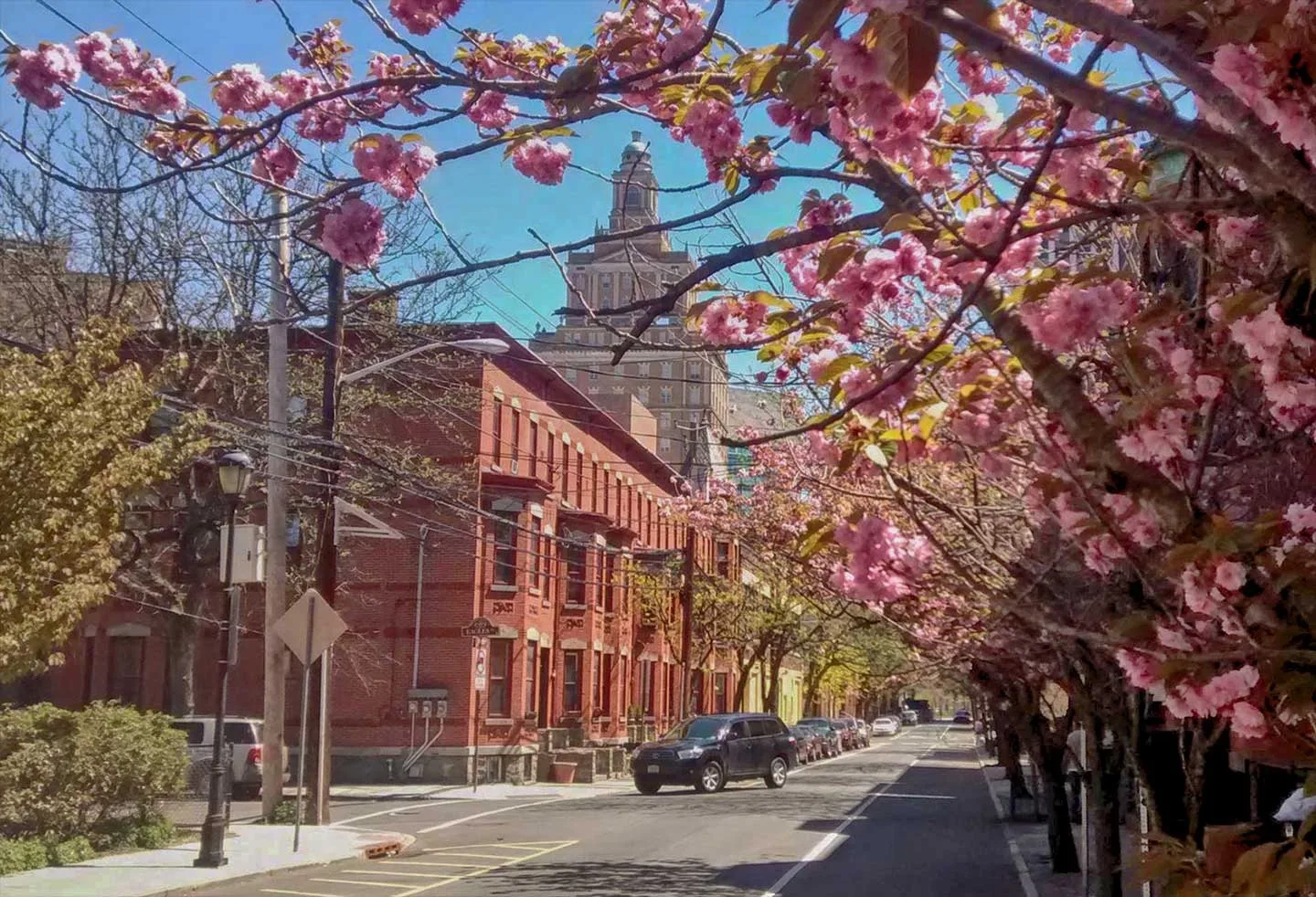Newark, New Jersey, is a city with a rich tapestry of history, diversity, and resilience. As one of the oldest cities in the United States, founded in 1666 by Puritans, Newark has grown from a small settlement into a vibrant urban center. Its neighborhoods each tell a unique story, shaped by waves of immigration, industrial booms, cultural movements, and community revitalization efforts. This guide delves into the historical evolution and highlights the charm of Newark's most notable neighborhoods.
1. Ironbound (East Ward): A Cultural Melting Pot
The Ironbound, often called "Down Neck" by locals, is arguably Newark's most famous neighborhood. Known for its multicultural vibrancy, the area earned its name from the network of railroads that once encircled it.
- Historical Background:
The Ironbound was originally settled by German and Irish immigrants in the 19th century, who were later joined by Italians, Poles, and Lithuanians. By the mid-20th century, a wave of Portuguese immigrants transformed the neighborhood, bringing with them a rich culinary and cultural heritage. Today, the Ironbound is a hub for Portuguese, Brazilian, and Spanish communities. - Notable Features:
The neighborhood is renowned for its bustling Ferry Street, lined with restaurants, bakeries, and shops that showcase its European and Latin influences. Its walkability, vibrant nightlife, and community festivals make it one of Newark’s most desirable areas.
2. Forest Hill: Newark’s Residential Jewel
Forest Hill, in the North Ward, offers a striking contrast to Newark's urban bustle with its tree-lined streets and stately homes.
- Historical Background:
Developed in the late 19th and early 20th centuries, Forest Hill was Newark's answer to suburban living within city limits. Wealthy industrialists, including executives from Prudential and Ballantine Beer, built grand mansions here. Its proximity to Branch Brook Park, designed by Frederick Law Olmsted (the landscape architect of Central Park), added to its appeal. - Notable Features:
The neighborhood is home to the Ballantine House, now part of the Newark Museum of Art, and showcases a mix of Victorian, Colonial Revival, and Tudor architecture. Forest Hill's preservation efforts and the annual Cherry Blossom Festival in Branch Brook Park continue to draw visitors and residents alike.
3. Weequahic: A Legacy of Community and Education
Located in Newark's South Ward, Weequahic is a neighborhood steeped in history and pride, once known as a cultural and educational hub.
- Historical Background:
The area was initially farmland but developed into a suburban-style community in the early 20th century. By the 1930s, Weequahic became predominantly Jewish, with a strong emphasis on education and cultural enrichment. The neighborhood is immortalized in the works of Pulitzer Prize-winning author Philip Roth, who grew up here. - Notable Features:
The centerpiece of the neighborhood is Weequahic Park, another Olmsted-designed gem, featuring a large lake and recreational facilities. Weequahic High School, celebrated for its academic achievements in the mid-20th century, remains a symbol of the neighborhood's legacy.
4. Downtown Newark: The Heart of the City
Downtown Newark is both the historical and contemporary core of the city, blending its industrial past with modern revitalization efforts.
- Historical Background:
Once a bustling commercial hub in the early 20th century, Downtown Newark faced significant challenges during mid-century urban decline. However, the area has experienced a renaissance in recent decades, with investments in transportation, arts, and business. - Notable Features:
Landmarks such as the Prudential Center, NJPAC (New Jersey Performing Arts Center), and the historic Newark Penn Station highlight the area’s transformation. The revitalized Hahne & Co. building, now home to apartments and retail, symbolizes the blending of old and new.
5. University Heights: Education and Innovation
This neighborhood, as its name suggests, is Newark's academic epicenter, housing several institutions of higher learning.
- Historical Background:
The area was historically residential but underwent significant change in the 20th century with the establishment of colleges and universities such as Rutgers University-Newark, New Jersey Institute of Technology (NJIT), and Essex County College. - Notable Features:
University Heights is a vibrant and youthful community, with students, faculty, and entrepreneurs contributing to its dynamic atmosphere. The neighborhood is also home to innovation hubs and research centers, positioning it as a critical part of Newark's future.
6. Clinton Hill: Architectural Grandeur
Located in the South Ward, Clinton Hill offers a glimpse into Newark's affluent past with its large homes and historic charm.
- Historical Background:
Developed during the late 19th and early 20th centuries, Clinton Hill was once home to Newark's elite. Its streets are lined with grand Victorian and Colonial Revival homes, many of which have been preserved or restored. - Notable Features:
Today, Clinton Hill is undergoing revitalization efforts to balance its historical heritage with modern development. Community organizations are working to maintain the neighborhood’s cultural and architectural integrity.
7. Vailsburg: Suburban Living in the City
Situated in the West Ward, Vailsburg offers a unique suburban feel within Newark's urban framework.
- Historical Background:
Originally an independent township, Vailsburg was annexed by Newark in 1905. The area developed as a residential enclave, attracting middle-class families seeking affordable homes and green spaces. - Notable Features:
Known for its close-knit community, Vailsburg boasts a mix of single-family homes and small apartment buildings. The neighborhood’s churches, schools, and parks reflect its strong sense of identity.
Newark’s Legacy and Future
Newark's neighborhoods illustrate its rich history, cultural diversity, and ongoing transformation. Each area, from the multicultural Ironbound to the serene Forest Hill, contributes to the city's unique character. As Newark continues to grow, its neighborhoods remain vital to understanding its past and envisioning its future. Whether you're drawn to its historical architecture, vibrant cultural scenes, or community-driven initiatives, Newark’s neighborhoods offer something for everyone.
